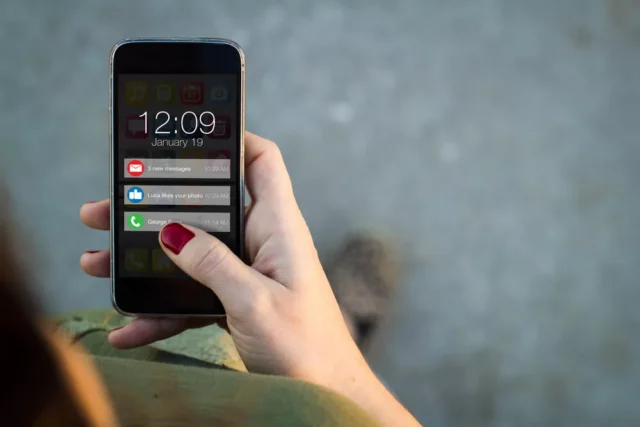Push notifications are a powerful tool for engaging users in a mobile app. When used effectively, they can significantly enhance user experience, increase retention rates, and boost overall app engagement. However, it’s crucial to strike a balance between providing valuable information and avoiding notification fatigue. Here’s how to use push notifications effectively to engage your mobile app users.

Table of Contents
Toggle1. Personalize Your Notifications
Personalization is key to making your push notifications relevant and engaging. Tailoring your messages to specific user segments can lead to higher open rates and better user engagement. Here’s how to personalize notifications:
- Use User Data: Leverage user data such as demographics, preferences, and behavior to create targeted messages. For example, if a user frequently engages with fitness content, send them notifications about new workout plans or fitness challenges.
- Address Users by Name: Whenever possible, personalize notifications by addressing users by their first name. For example, “Hey John, your favorite podcast has a new episode!”
2. Time Your Notifications Wisely
Timing plays a crucial role in the effectiveness of push notifications. Sending messages at the right moment can greatly enhance user engagement:
- Consider User Behavior: Analyze user behavior data to determine when users are most active on your app. For example, if users typically engage with your app in the evenings, schedule notifications during that time.
- Avoid Inconvenient Times: Be mindful of time zones and avoid sending notifications during late-night hours or early mornings to prevent annoying users.
3. Offer Value and Incentives
Push notifications should provide value to users. Whether it’s useful information, updates, or exclusive offers, ensuring your notifications are beneficial is essential:
- Exclusive Offers: Send notifications about special promotions, discounts, or early access to new features. For example, “Exclusive offer just for you! Get 20% off your next purchase.”
- Useful Content: Provide notifications that inform users about new content, features, or updates relevant to their interests. For instance, if a user frequently reads articles about cooking, notify them about a new recipe collection.
4. Create Compelling Call-to-Actions (CTAs)
Effective push notifications include clear and compelling CTAs that encourage users to take action:
- Be Direct: Use action-oriented language in your notifications. For example, “Join the challenge now!” or “Shop the sale today!”
- Create Urgency: Incorporate time-sensitive language to encourage immediate action, such as “Limited time only!” or “Offer ends in 24 hours!”
5. Segment Your Audience
Segmentation is crucial for delivering relevant push notifications to different user groups:
- Behavioral Segmentation: Group users based on their app usage, such as frequent users, lapsed users, or new users. Tailor your notifications accordingly—for example, a re-engagement message for lapsed users like, “We’ve missed you! Here’s what’s new.”
- Interest-Based Segmentation: If your app has different categories of content, segment users based on their interests and send notifications related to those interests.
6. Test and Optimize Your Notifications
Continuous testing and optimization are key to maximizing the effectiveness of your push notifications:
- A/B Testing: Experiment with different message formats, CTAs, and timings to see what resonates best with your audience. For example, test different headlines or the length of the notification.
- Analyze Engagement Metrics: Monitor open rates, click-through rates, and user feedback to assess the performance of your push notifications. Use this data to refine your messaging and targeting strategies.
7. Respect User Preferences
Respecting user preferences is crucial to maintaining a positive relationship with your app users:
- Opt-In Options: Provide users with clear opt-in options for push notifications and let them choose the types of notifications they want to receive. This ensures users feel in control of their experience.
- Frequency Control: Allow users to customize the frequency of notifications. Some may prefer daily updates, while others may want weekly summaries.
8. Analyze and Iterate
Finally, make sure to continuously analyze the performance of your push notifications:
- Track Key Metrics: Monitor metrics such as open rates, click-through rates, and conversion rates to evaluate the success of your notifications.
- Gather User Feedback: Encourage users to provide feedback on their notification experience. Use this feedback to improve your strategy and make adjustments as needed.
Conclusion
Push notifications can be an incredibly effective way to engage mobile app users when used thoughtfully. By personalizing messages, timing them wisely, providing value, and respecting user preferences, you can create a strategy that keeps users coming back for more. Regular testing and optimization will help you refine your approach and maximize the impact of your push notifications. Ultimately, a well-executed push notification strategy can enhance user experience, drive engagement, and contribute to the overall success of your mobile app.


No responses yet